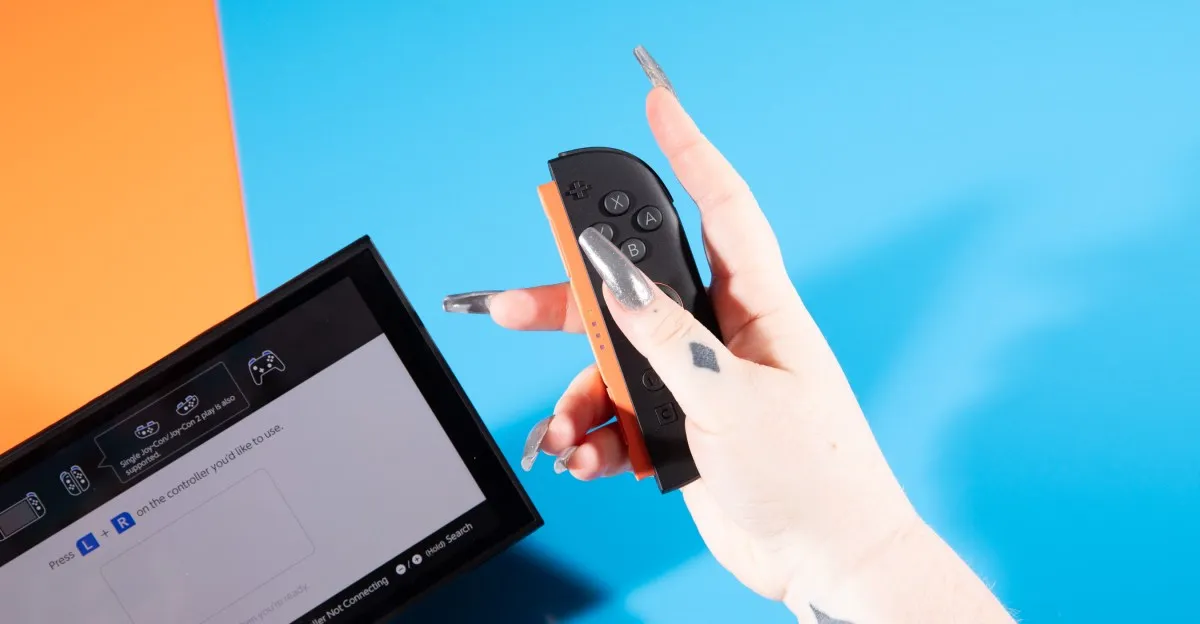
One of the most surprising aspects of the Nintendo Switch 2 reveal was its proposed focus on accessibility. Historically, Nintendo has been known for unintentionally discovering accessibility solutions while often overlooking the broader conversation regarding inclusivity in gaming. However, with the Switch 2, the company seems to adopt a more comprehensive approach towards accessibility that has been long awaited by disabled players. This commitment was highlighted by the launch of a dedicated webpage outlining the Switch 2’s hardware accessibility features. Despite this, specific details were sparse, leaving many questions unanswered before the console's release.
After spending a week with the Switch 2, it became clear that the limited pre-launch information concealed a range of impressive system-level accessibility features. While there are some missteps, these advances somewhat mitigate the gradual updates that the Switch 2 represents. However, the lack of readily available information ahead of the launch raises concerns about transparency regarding accessibility options.
The setup process for the Switch 2 was surprisingly intuitive and straightforward, particularly for someone like me who typically finds setup procedures cumbersome due to cognitive disabilities. However, it's important to note that accessibility features are not activated during the initial setup. The console’s text-to-speech function is disabled by default, and options for text sizing and zoom are inaccessible at this stage. This presents a significant barrier for some users, particularly blind players who may require assistance from sighted individuals during setup.
When it comes to controller compatibility, the good news is that existing Switch controllers and Joy-Cons work seamlessly with the Switch 2, including the adaptive Hori Flex. The Joy-Con 2’s increased size has improved ergonomics, but some may still experience discomfort due to its square grip design. Thankfully, players can utilize the original Pro Controller by default. It's also encouraging to see support for pairing additional controllers, such as the Magic-S Pro 2, although recent connectivity issues with third-party devices raise some concerns about the longevity of this support.
Notably, the Hori Flex adaptive controller is compatible with the Switch 2, functioning in docked and tabletop modes for games that do not require mouse controls. Users should remember to have a USB-A to USB-C adapter handy for tabletop mode connectivity.
For players who rely on text-to-speech, the Switch 2 offers a mixed experience. While the average reading speed for US English is estimated to be between 120 and 130 words per minute, there are inconsistencies that users should be aware of. For UK English, the average speed ranges from 130 to 140 words per minute. A noticeable delay exists between selecting a menu option and the text-to-speech feature activating. Furthermore, it’s important to note that the text-to-speech function is not available on all screens, including the Nintendo eShop, which is a significant oversight given that many players will visit this area immediately after setup.
In terms of audio customization, the Switch 2 is limited. The console allows players to toggle mono audio, which is an important feature for those who are hard of hearing, but lacks options for further audio adjustments. When it comes to control customization, players can remap inputs on connected controllers at a system level, with the ability to adjust settings for each Joy-Con independently. However, this remapping function is not consistently available in first-party Nintendo games, which can be frustrating for players seeking more tailored control schemes.
Despite some shortcomings, the Nintendo Switch 2 presents an encouraging suite of accessibility features and customization options that can be built upon over time. However, it is puzzling that Nintendo has remained relatively silent about these advancements. The Verge attempted to reach out multiple times for clarification on the Switch 2’s accessibility features, but received no response from Nintendo. This silence may indicate an awareness of the limitations in their accessibility offerings.
Ultimately, it is crucial for game developers and console manufacturers to provide clear and comprehensive accessibility information prior to product launches. This transparency allows players to make informed purchasing decisions and seek necessary assistance. While Nintendo's shift towards greater accessibility is a welcome development, the company must work on improving communication regarding these features to better serve its players.